Driving Safety Tips from Camp Lexus
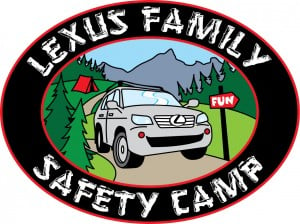 Lexus invited my entire family to Pasadena, CA to attend Lexus Family Safety Camp. We’re big Toyota fans, and while we have not been directly affected by any of the safety recalls, I have to admit that some of the recent media attention has made me nervous. The idea of not being able to stop your car when you need to is terrifying to any parent. Toyota has always been rock solid in safety as far as I was concerned. I have never had a reason to feel unsafe in our car so when a trusted companies is badmouthed in the press you have to wonder whether your brand loyalty is in the right place. I was anxious to meet with Lexus and get their take on things and let them reassure me that my family’s safety was their top concern.
Lexus invited my entire family to Pasadena, CA to attend Lexus Family Safety Camp. We’re big Toyota fans, and while we have not been directly affected by any of the safety recalls, I have to admit that some of the recent media attention has made me nervous. The idea of not being able to stop your car when you need to is terrifying to any parent. Toyota has always been rock solid in safety as far as I was concerned. I have never had a reason to feel unsafe in our car so when a trusted companies is badmouthed in the press you have to wonder whether your brand loyalty is in the right place. I was anxious to meet with Lexus and get their take on things and let them reassure me that my family’s safety was their top concern.
One of our Lexus driving instructors told me that driving a car is the most dangerous thing that most people will do. Our family experienced a horrible loss several years ago that really made that point clear to us. Cars are dangerous, and we need to know how to use them in order to protect our family, both on the road and in our driveway. Toyota set up several driving stations and put us in their cars with several famous race car drivers (who I’m sure would have made me very star struck if I knew anything about racing).
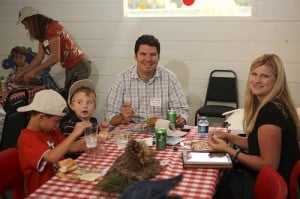
Safe Driving Tips from Lexus Family Safety Camp
- Drivers education typically teaches us to drive with our hands at 10 and 2. This is actually not the safest option because in the event that the airbag deploys, your hands are directly in front of the airbag path so you are more likely to be injured. The 10 and 2 position also limits how quickly you are able to turn the steering wheel in an emergency. Placing your hands at the 9 and 3 position will limit injury from the airbag in case of an accident and allow for increased maneuverability while driving. If you are the parent of a teen, you may want to be sure that they are learning the correct position in drivers education.
- If your car goes into a skid on a wet surface, pause for a second to get control and allow the vehicle stability control to work. Avoid over-correcting if you lose control on a turn because once you recover from the skid you want your steering wheel to still be turned in the direction you were originally trying to go or you risk losing control a second time.
- All street vehicles have a breaking system that is more powerful than the engine so pushing down the break, even if the gas pedal is still down, will stop the car. Lexus has an additional brake override system that automatically reduces the engine power when the break pedal and accelerator are applied at the same time to increase stopping time.
- If you can’t stop your car, you can put it in neutral (or reverse if you are driving an automatic transmission Lexus or Toyota) to disengage the transmission from the engine and allow you to slow down. For some reason I’ve always wanted to try that but I thought it would damage the car. The Camp Lexus drivers let me test this out first hand and while it wasn’t as dramatic as I thought it would be, the car did come to a smooth stop. We also got a chance to try turning the car engine off while driving in order to stop the vehicle. This technique also helps the car to come to a quick stop, but you will eventually lose power steering and the breaking electronic assist so you will want to bring the car to a stop as fast as you can.
Here I am testing out two cars, one with ABS and one without. Ignore the crazy things I was doing with my eyes. I left my sunglasses in my car and the light was bugging me. I had never driven a car without ABS before and it was really interesting to see the difference.
Child Car Safety Tips
- Most children cannot safely ride in a car without a booster seat until they are 10 years old. We’re big proponents for booster seat use in our house. Our kids have always known that they are expected to ride in a booster seat until they are at least 8 years old but after talking with Stephanie Tombrello of SafetyBeltSafe USA, I’m planning on keeping them all in boosters even longer. Her simple 5 step test helps parents determine whether their child can safely ride in a car without a booster seat.
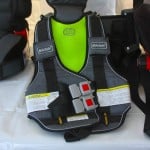 Stephanie introduced us to this great child restraint vest from RideSafer. I have never seen one of these in the stores but I think it would be perfect for elementary school aged children who carpool to school and may be riding in cars that don’t have spare booster seats available for them. This is light enough that a young child could easily carry it back and forth to school so he has a safe way to travel in a carpool.
Stephanie introduced us to this great child restraint vest from RideSafer. I have never seen one of these in the stores but I think it would be perfect for elementary school aged children who carpool to school and may be riding in cars that don’t have spare booster seats available for them. This is light enough that a young child could easily carry it back and forth to school so he has a safe way to travel in a carpool.
Stephanie assured me that these have passed all the safety testing so they seem like a great option for older kids or parents who need to fit three carseats in the backseat of their car.
- Janette Fennell of KidsAndCars.org wants parents to understand that cars are dangerous – whether they are moving or parked in the driveway. Every year children are killed by being left in hot cars, being strangled by power windows, or being backed over in a driveway. After being kidnapped and locked in the trunk of her car, she fought to require car manufacturers to install trunk release buttons inside the trunk of every car. Her dramatic experience has allowed her to be an advocate for children everywhere and it was amazing to hear her story. Our family made an increased commitment to car safety when our neighbor’s little boy was injured in a front over accident while crossing a driveway. I make it a habit now of walking around my car before backing up and being extra careful before turning into any driveway or parking lot.
Camp Lexus gave me some great information and my kids had a blast playing at the Kidspace Children’s Museum during the event. It was great to see all of the safety features that Lexus has built into its cars and get some experience testing them out behind the wheel.

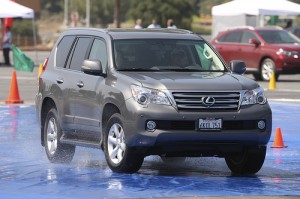
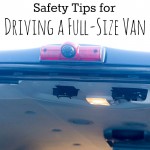
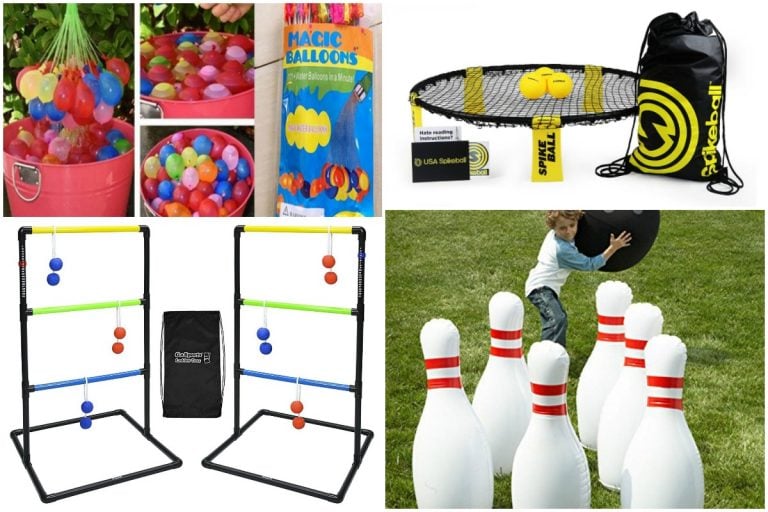

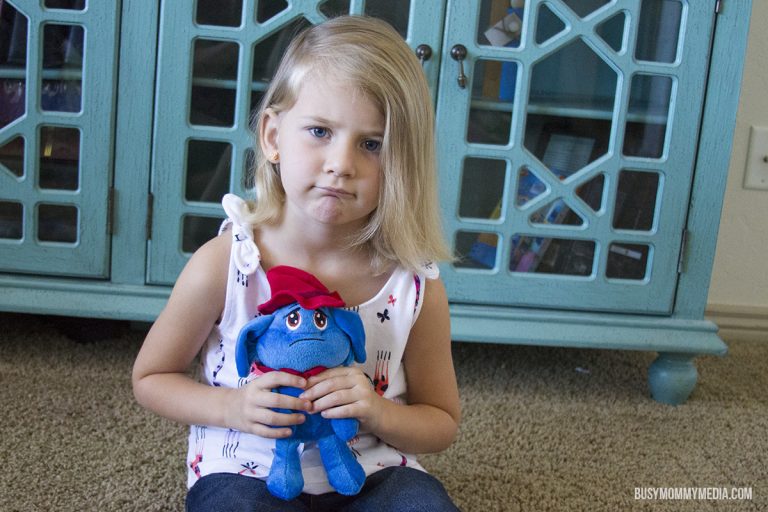
Hello, I am writing on behalf of KidsAndCars.org. Great blog about the Lexus Safety Camp. It sounds like it was a great experience. I noticed that you mentioned a neighbor who was injured in a frontover accident. One of the most critical aspects of our work at KidsAndCars.org is data collection. We have been collecting data on nontraffic incidents, like the driveway incident that happened with your neighbor, for over 10 years. Without this crucial information, none of what we do would be possible.
I was wondering if you would be interested in sharing your neighbor’s experience with us so that we could add it to our database. Please feel free to contact me at our office 913-327-0013 or by email at Amber@kidsandcars.org. Thank you very much for spreading the word on how to stay safe in and around motor vehicles. I applaud your efforts. Thank you! – Amber